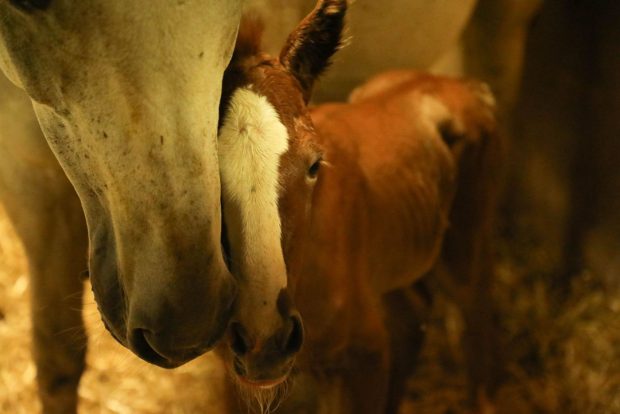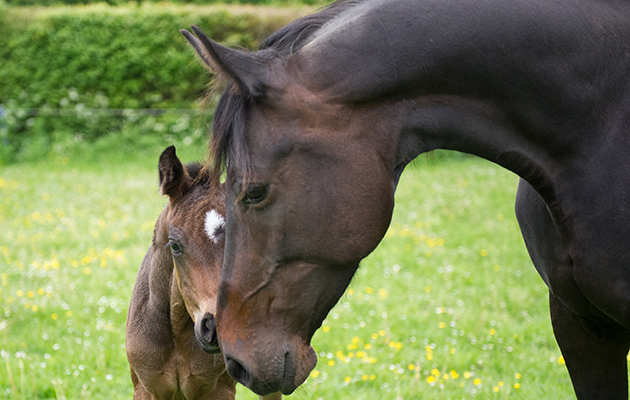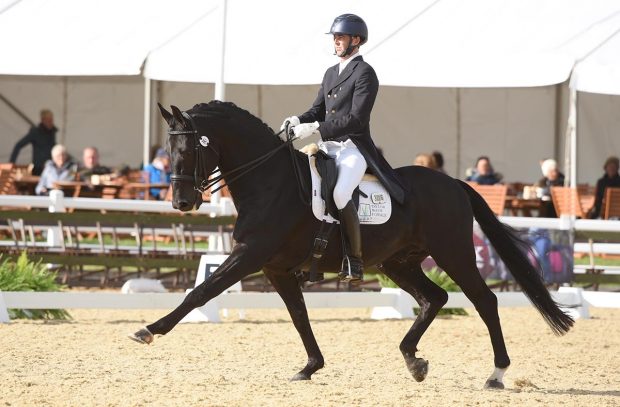It wasn’t that long ago that piebald and skewbald threw off their lowly image to become desirable colours in competition horses.
But black or brown and white horses are seemingly now old hat. Just as piebalds and skewbalds enjoyed a rapid rise in popularity, so other less traditional coloured competition horses are becoming sought after.
Palomino, cream or buckskin – not to be confused with the genetically distinct dun – and their various shades and hues, are no longer considered colours associated just with pretty ponies.
Even spots are becoming more acceptable. Within the past few years a surprising number of stallions that promise golden or spotted progeny have become available to British breeders.
But how can you predict the genes a foal will inherit and subsequently what colour it will be?
Breeding from a homozygous stallion, one that has two dilute genes – or double dilute as they are also called, having gained one dilute gene from each parent – will guarantee some sort of dilution of the offspring’s coat colour, irrespective of the mare’s colour.
Using a stallion with one dilute gene – eg, palomino or buckskin – on a non-dilute mare produces a 50:50 chance of the cream gene being passed to the foal.
These odds are the same for every mating.
A homozygous cremello stallion has two cream genes on a base coat of chestnut.
Put to a chestnut, the resulting foal will be palomino.
Put to a bay, the foal could be buckskin or palomino (depending on whether the mare carries the recessive chestnut gene), or possibly smoky black.
Put to a palomino mare, the foal will be either palomino or cremello.
A homozygous perlino stallion has two cream genes on a base coat of bay and may or may not carry the recessive chestnut gene.
If he carries the gene, put to a chestnut mare he could produce palomino, buckskin or smoky black.
When put to a bay mare, the chance of the foal being palomino is lessened.
If he does not carry the chestnut gene, he cannot produce palomino foals to any colour mare.
For a straightforward insight into colour with easy to read charts, visit www.doubledilute.com/color-chart.htm.
And to calculate what colour a foal from a particular colour mating might be, visit www.horsetesting.com/CCalculator1.asp.
To read the full article on colour and performance see the sport horse special of H&H out now (8 March)
- Thinking of breeding from your mare this year? Read this first
- Read expert tips on breeding horses
- Choose a stallion from our stallions and studs directory



